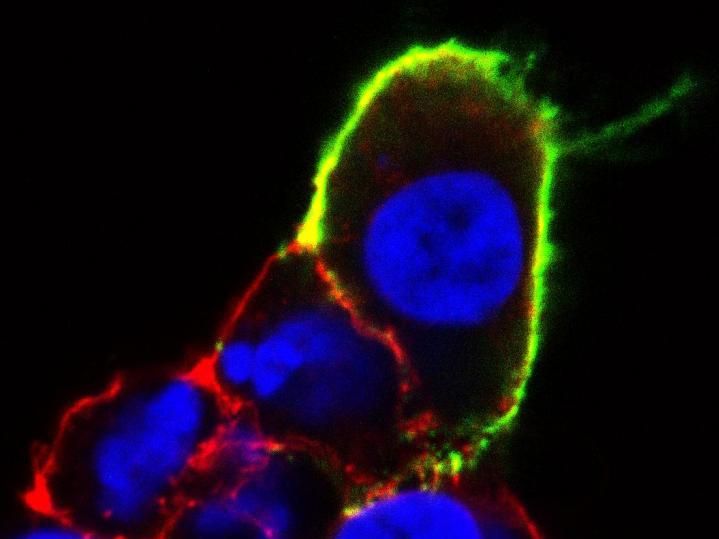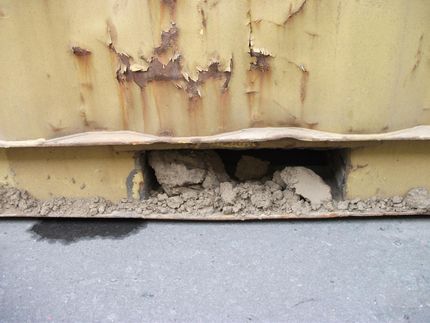Comparing fungal secretions to uncover carbon compound degradation pathways
Their unassuming appearances may cause them to be overshadowed by the plants or animals in their natural habitats, but fungi play key roles in maintaining their ecosystems. From breaking down leaf litter and decaying wood in forests to cleaning contaminated soils and waters, fungal enzymes are being characterized for potential use in a wide variety of energy and environmental challenges.
Fungal secretomes, those collections of all molecules secreted by a cell, contain enzymes that can break down plant cell wall components such as cellulose, hemicellulose and lignin. These capabilities make them of interest to bioenergy researchers looking for cost-effective ways to convert plant mass into sustainable, alternative transportation fuels. In a study published in Plos ONE, a team led by researchers at Harvard University and Woods Hole Oceanographic Institution (WHOI) conducted a comparative analysis of the secretomes of four recently-isolated and sequenced filamentous Ascomycete fungi to learn more about the variety of pathways they deploy to break down carbon compounds.
"While the secretomes of model organisms such as the white-rot Basidiomycete Phanerochaete chrysosporium and members of the Aspergillus genus have been well characterized, little is known about the enzymatic capabilities of environmental isolates. Thus, the mechanisms of carbon degradation by many ubiquitous soil fungi remain poorly understood," said study first author Carolyn Zeiner, now a postdoctoral research associate at Boston University. "This work suggests that a more taxonomically and mechanistically diverse community of fungal species contributes to environmental lignocellulose degradation beyond the traditional wood-rot Basidiomycetes."
Most read news
Topics
Organizations
Other news from the department science

Get the life science industry in your inbox
By submitting this form you agree that LUMITOS AG will send you the newsletter(s) selected above by email. Your data will not be passed on to third parties. Your data will be stored and processed in accordance with our data protection regulations. LUMITOS may contact you by email for the purpose of advertising or market and opinion surveys. You can revoke your consent at any time without giving reasons to LUMITOS AG, Ernst-Augustin-Str. 2, 12489 Berlin, Germany or by e-mail at revoke@lumitos.com with effect for the future. In addition, each email contains a link to unsubscribe from the corresponding newsletter.
Most read news
More news from our other portals
Last viewed contents
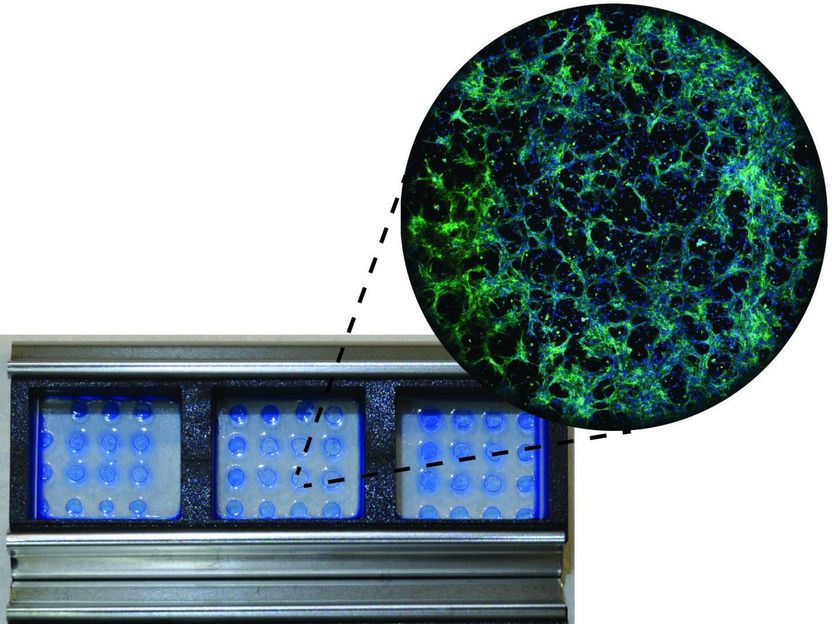
Advance furthers stem cells for use in drug discovery, cell therapy
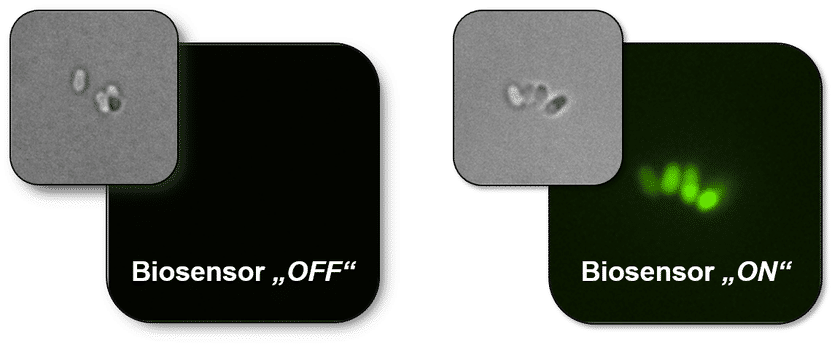
Talent Scout in the Cell Factory - New biosensor facilitates the search for efficient microorganisms

Hitchhiking to Kill - Transport of lipid-conjugated floxuridine by natural serum albumin for delivery to cancer cells
Maurício_Rocha_e_Silva
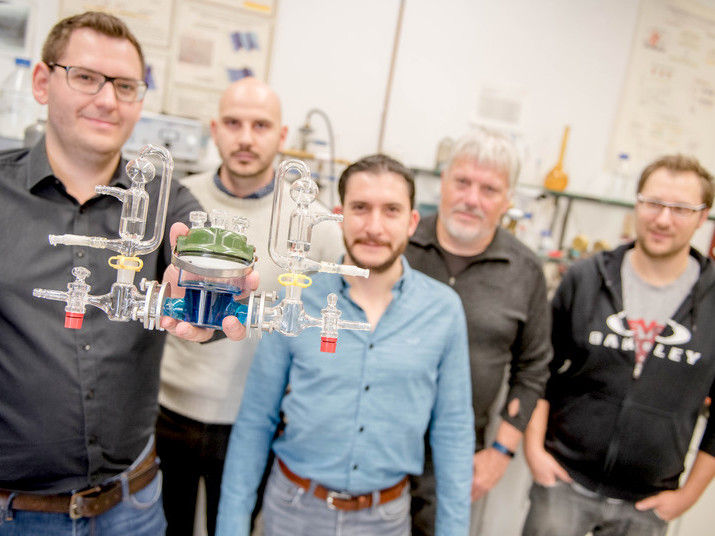
Next step on the path towards an efficient biofuel cell - Two concepts combined making system as efficient as precious metal catalysts

Tissue Dynamics Ltd. - Rehovot, Israel

Targeted enzymes destroy virus RNA - RNA interference as a new approach for the treatment of COVID-19
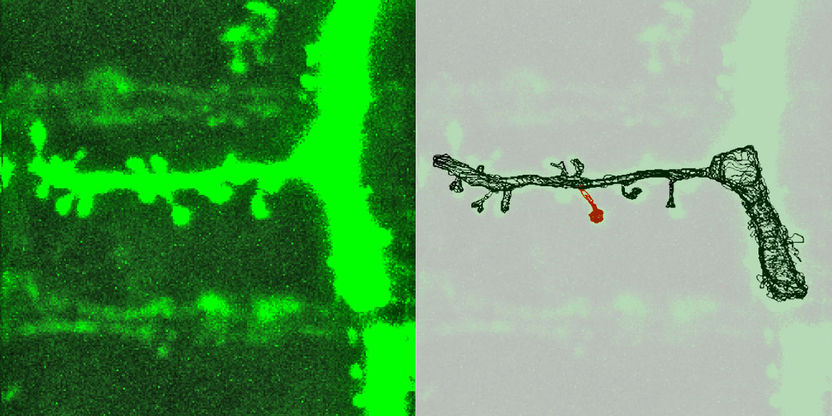
Synapses – stability in transformation - Synapses remain stable if their components grow in coordination with each other
